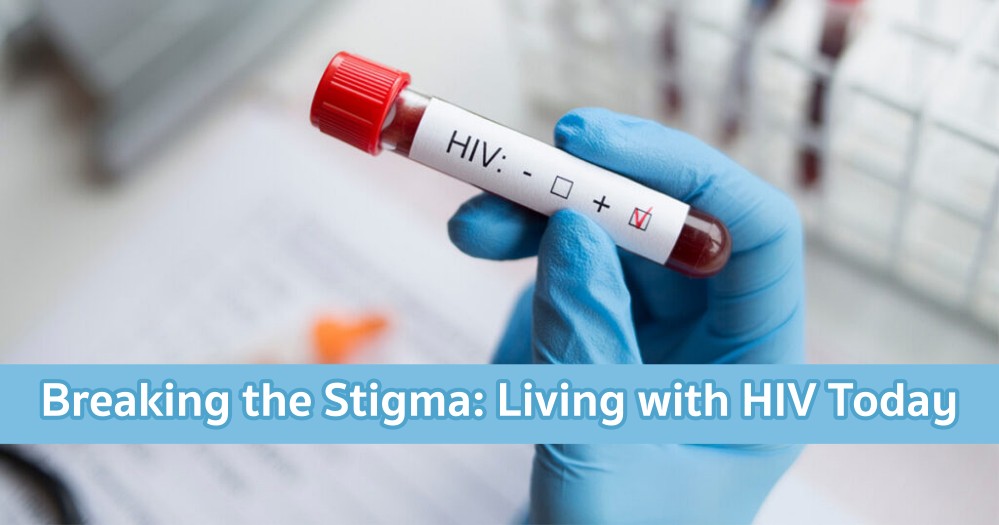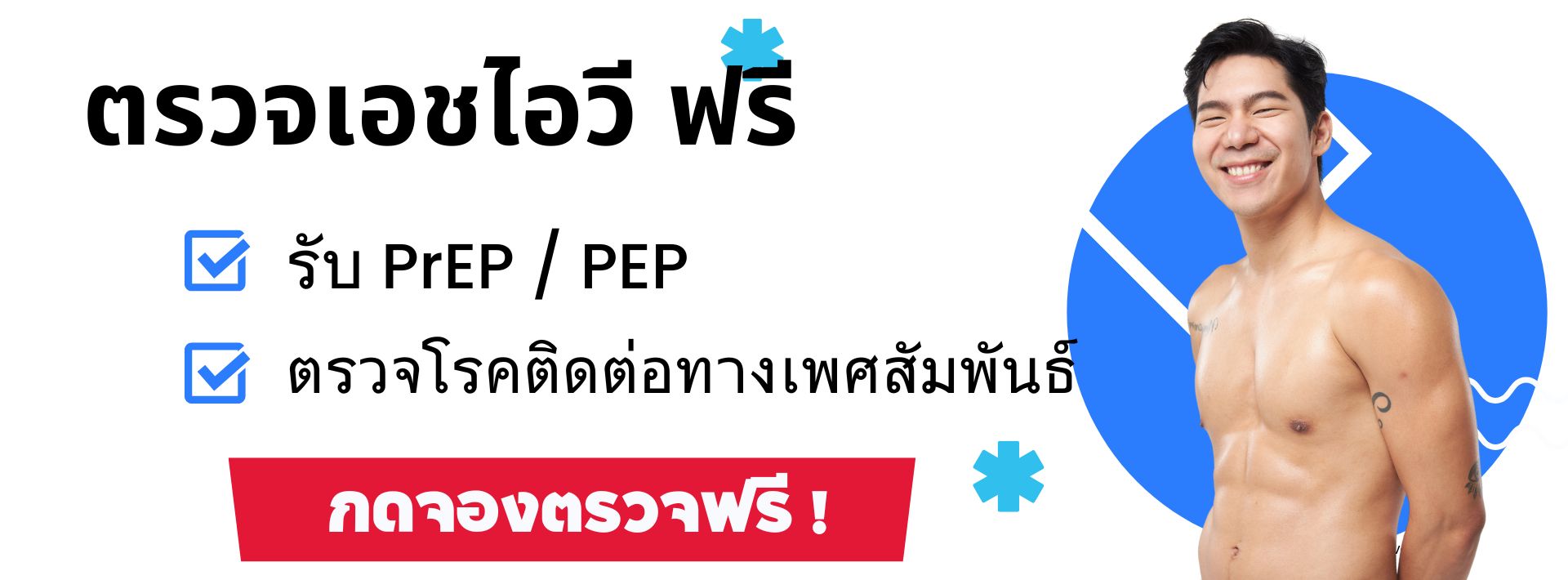Living with HIV can be challenging, but it’s important to know that it’s possible to thrive with the virus in today’s world. Despite the many advances in HIV prevention, treatment, and care, HIV stigma remains a significant barrier to living positively with the virus. Breaking the stigma is crucial to overcoming this barrier, and it begins with education and awareness.
What is HIV?
HIV stands for Human Immunodeficiency Virus, and it attacks the body’s immune system, making it difficult for the body to fight off infections and illnesses. HIV is primarily spread through sexual contact, sharing needles or syringes, and mother-to-child transmission during pregnancy, childbirth, or breastfeeding.
The virus can be asymptomatic for years, but without treatment, it can progress to AIDS (Acquired Immunodeficiency Syndrome). AIDS is the most severe stage of HIV infection and can lead to life-threatening illnesses.

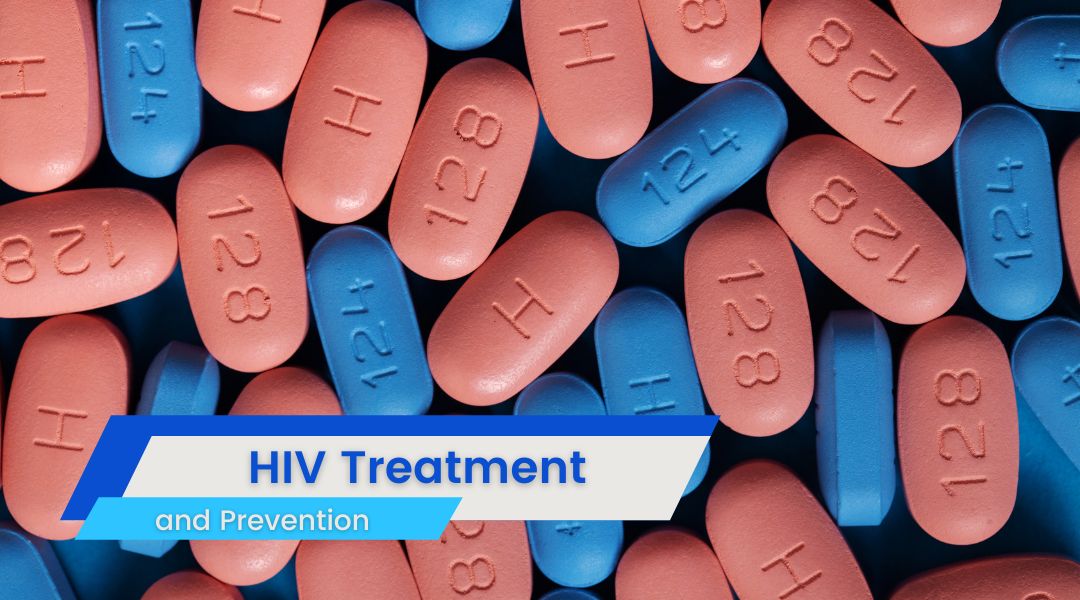
HIV Treatment and Prevention
HIV is treatable, and people living with the virus can lead long, healthy lives. Antiretroviral therapy (ART) is the recommended treatment for HIV, and it involves taking a combination of medications to suppress the virus and restore the immune system.
Prevention is also key to ending the HIV epidemic. There are several effective prevention methods available, including:
- Condom use
- Pre-exposure prophylaxis (PrEP)
- Post-exposure prophylaxis (PEP)
- Needle exchange programs
- HIV testing and early diagnosis
Breaking the Stigma
- HIV stigma refers to the negative attitudes, beliefs, and stereotypes that people living with HIV face. Stigma can be experienced in many ways, including discrimination, rejection, and isolation. HIV stigma is a significant barrier to seeking testing, treatment, and care, and it can negatively impact the mental and physical health of people living with HIV.
- Breaking the stigma is crucial to overcoming this barrier, and it begins with education and awareness. Here are some ways to break the stigma:
- Educate yourself and others: Learn about HIV transmission, prevention, treatment, and how to live positively with the virus. Share this information with others to combat misinformation and reduce stigma.
- Be an ally: Speak out against HIV stigma and discrimination. Support people living with HIV and advocate for their rights.
- Practice empathy: Try to understand the experiences of people living with HIV and be mindful of your words and actions.
- Challenge stereotypes: Challenge negative stereotypes and assumptions about people living with HIV. HIV does not discriminate based on race, gender, sexual orientation, or any other characteristic.
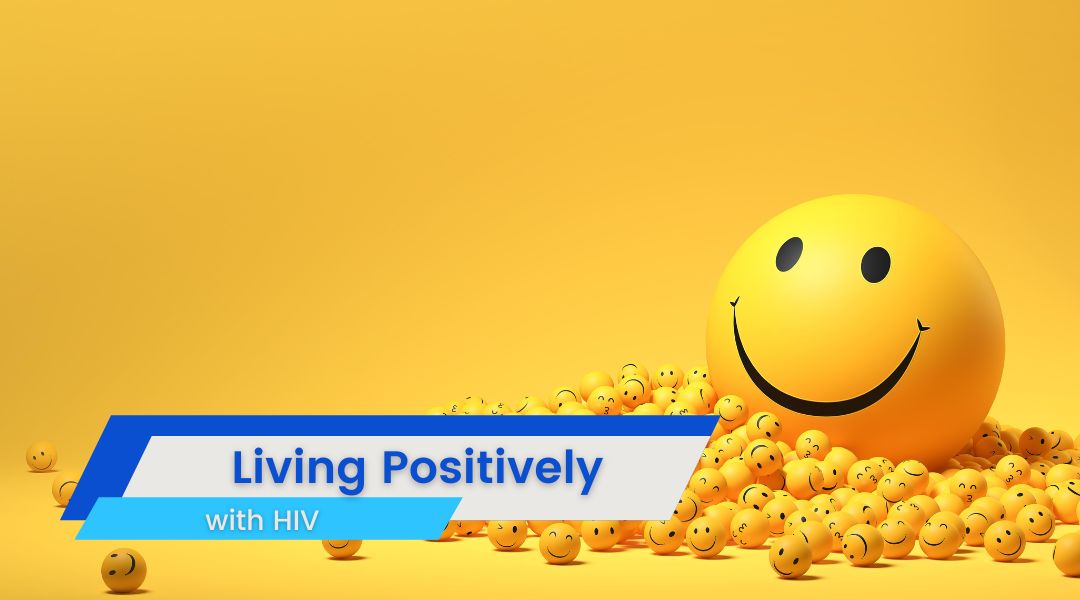
Breaking the stigma – Living Positively with HIV
Living with HIV can take a toll on both physical and mental health. Therefore, practicing self-care and managing your health is essential for people living with the disease. This can include things like regular exercise, a healthy diet, stress management, and seeking professional help for mental health concerns.
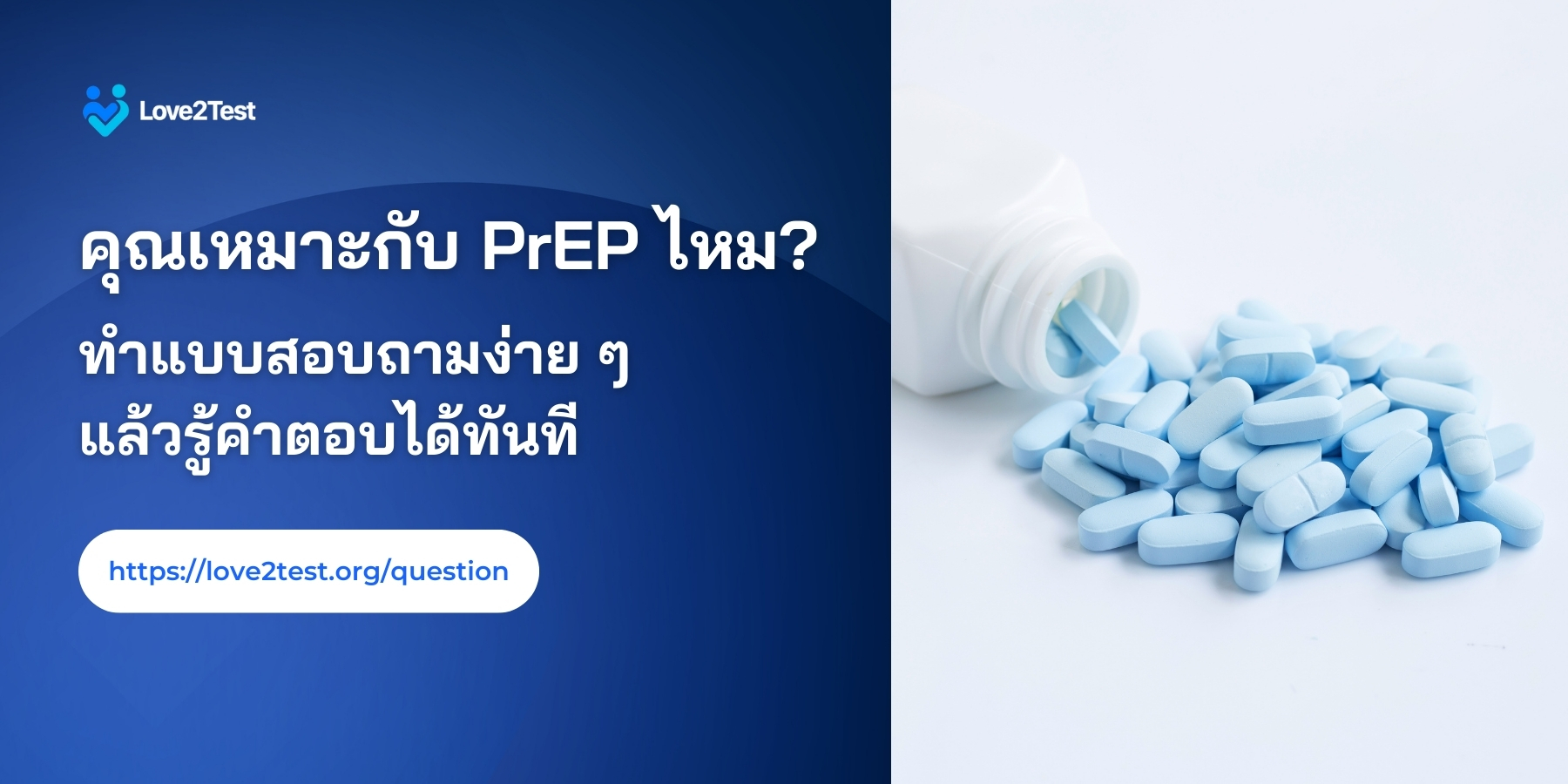
Additionally, managing your health includes adhering to your treatment plan and regularly checking in with your healthcare provider. By taking care of your health, you can improve your overall well-being and quality of life, and break down the stigma surrounding HIV by showing that people living with the disease can live full, productive lives.. Here are some tips for living well with HIV:
- Seek medical care: It’s essential to seek medical care and take your medications as prescribed. Regular medical check-ups can help ensure that your treatment is working and that your viral load remains undetectable.
- Practice self-care: Take care of your physical and emotional health by getting enough sleep, eating a healthy diet, and engaging in regular exercise. Managing stress and seeking support from friends, family, or a support group can also be helpful.
- Stay informed: Stay up-to-date on the latest developments in HIV treatment, prevention, and research. Being informed can help you make informed decisions about your health.
- Connect with others: Connect with other people living with HIV, whether it’s through a support group, an online community, or a friend. Building a network of supportive people can be invaluable in living
Advocate for Yourself and Others
Advocating for yourself and others is an essential part of breaking the stigma surrounding HIV. This includes advocating for access to medical care, treatment options, and support services. It also means standing up against discrimination and negative attitudes towards people living with HIV.
Advocacy can take many forms, such as speaking out about your experiences, sharing your story, and educating others about HIV. By advocating for yourself and others, you can help break down the fear and ignorance surrounding the disease and promote a more supportive and inclusive environment for people living with HIV.
Living with HIV can be challenging, but breaking the stigma is essential for people living with the disease to thrive. By understanding HIV and its transmission, seeking support and building a network, advocating for yourself and others, and practicing self-care and managing your health, you can break down the fear and ignorance surrounding HIV
